Emmelyn Hsieh
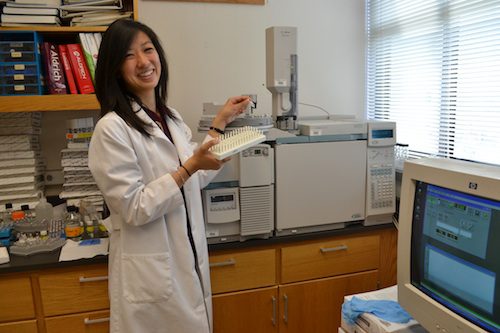
Patients who have experienced severe head trauma are in a state where their brain exhibits impaired glycolysis by a process that is currently not well understood. Because the brain relies on glucose metabolism for energy production, the obstruction of its supply can lead to loss of brain function. Lactate is the final step of the glycolytic pathway, and as a result there has been speculation that infusions of lactate into TBI patients could give the brain another potential source of energy by bypassing glycolysis. For my project this summer, I […]
Kendall Condon
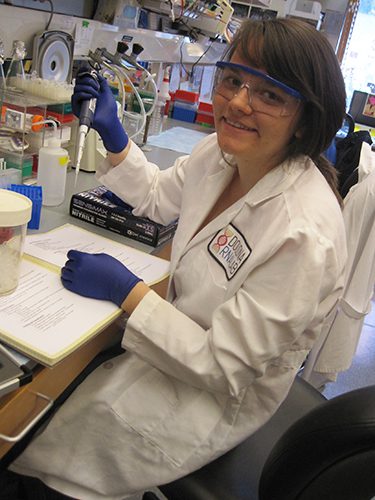
DEAD-box proteins are vital to the central dogma of biology. They are involved in all aspects of RNA biology including ribosome biogenesis, mRNA export, RNA-protein complex remodeling and much more. Since DEAD-box proteins have been implicated in pathways of viral infections, like HIV, and many types of cancers, they are critical to human health. The two most formidable hurdles in researching this family are their highly similar active sites and that most are essential for life. This makes studying individual DEAD-box proteins difficult, so many of their functions remain unclear. […]
Rami Ariss
Cadmium Telluride (CdTe) is an alternative semiconductor to silicon for photovoltaic applications. Its advantageous physical properties allow it to absorb an equal amount of light with a fraction of silicons thickness; this means lower material costs. However, lack of fundamental research renders this material less efficient than silicon. Recent attempts at reducing manufacturing costs of CdTe solar cells investigate solution deposited nanocrystal (NC) films, i.e.semiconductor ink. During solar cell fabrication, CdTe films must be exposed to CdCl2 and heated to improve device performance. My research will investigate the effect of […]
Thamine Dalichaouch
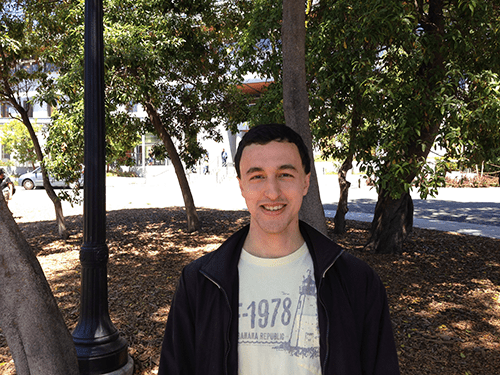
The objective of this work is to study electric field noise from metallic surfaces at low frequencies observed in ultra-low temperature ion traps. This source of noise has been a major issue for ion trapping experiments because it heats up the cold ions several orders of magnitude faster than what was expected. This heating is a serious problem and hinders progress in the use of ions, as dependably controllable qubits, toward a scalable quantum computer. The expected benefits from this research is the determination of the frequency scaling of this […]
Aaron Tran
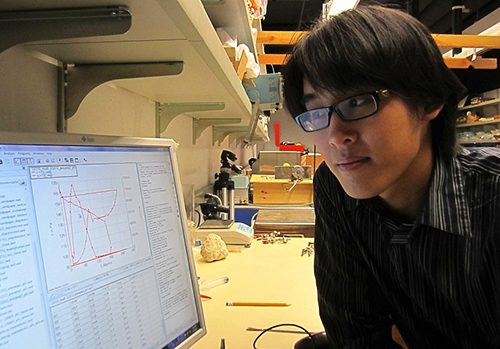
We are conducting laboratory experiments to study bubble dynamics in natural mud sampled from mud volcanoes near the Salton Sea in Southern California. Gas bubbles bursting at the muds free surface exhibit unusual behavior: bubble films first rupture away from the bubble apex, and often rupture at multiple locations simultaneously. I will use a high-speed video camera to measure features of multiple bubble bursts, and a cone-plate rheometer to characterize the muds rheology. Based on the experimental observations, I will formulate a simple physical model that can be used to […]
Cameron Baradar
Quantitative portable medical diagnostics devices have the potential to transform medicine by providing a range of analytics that cannot be provided by classical binary readout assays. We are developing a next-generation portable clinical diagnostic device with low-power consumption that produces digitized data. To accomplish this we will utilize a detection method called, capacitively coupled contactless conductivity detection (C4D), with microfluidic electrophoresis for detection in a low-power compact cheap plastic microchip. C4D directly detects ions using two external electrodes via capacitive coupling between the electrode and the solution in the microchannel. […]
Helen Tran
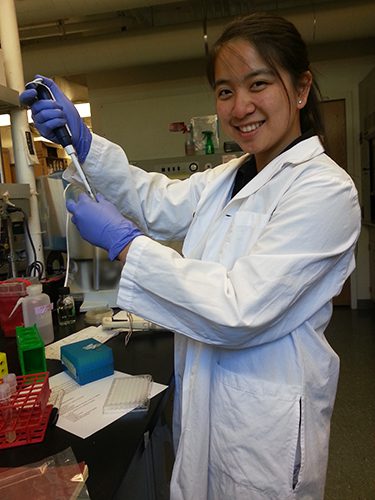
Salmonella is a Gram-negative pathogenic bacterium that can invade cells, take residence within macrophages, and evade the immune response, causing illness and death especially in those with compromised immune systems. Recently we have discovered that Salmonella and E. coli release ATP to culture medium and we are currently determining the function and the mechanisms of ATP release. The initial plan for my summer project was to determine the role of ATP release in biofilm formation, which allows Salmonella to become more resistant to stressful conditions and antibiotics. After doing preliminary […]
Rebecca Trinh
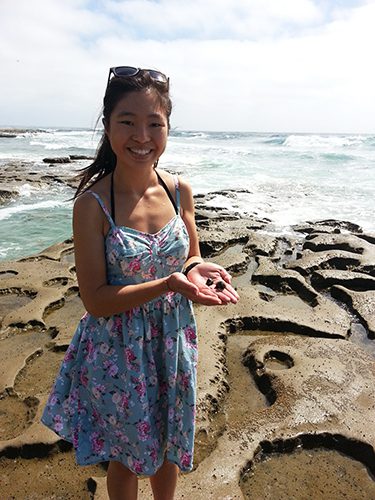
Many animal behavior theories are based on honest communication and predict low levels of cheating and dishonesty. However, new studies are beginning to show that certain systems are prone to cheaters. This study will be among the first to focus on hermit crabs and their claw regeneration, and the potential dishonest message that claw may send. Male hermit crabs have a sexually dimorphic larger right claw used to fight and defend territories. When lost or damaged, hermit crabs are able to regenerate their claw, re-growing it to its original size […]
Surbhi Trivedi
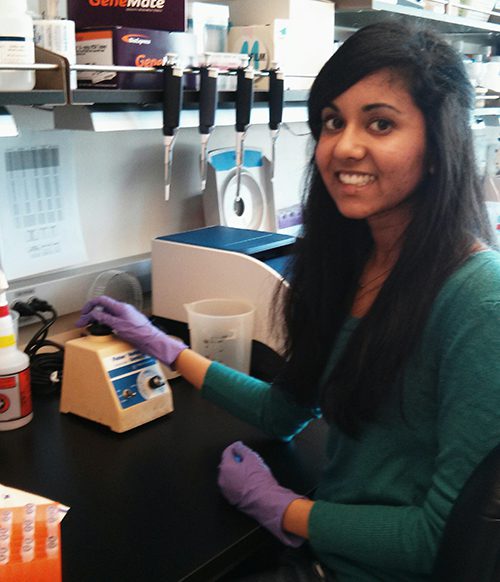
The goal of this research project is to investigate the diversity profile of DENV populations within each human host (i.e., at the intrahost level). Previous studies on DENV-2 diversity from the Harris Lab have identified significant levels of variation in genomic diversity between genes, notably in the Envelope gene, which encodes for a viral structural protein that is an important target for antibody binding. Our research aims to compare DENV diversity profiles by harnessing high-throughput deep sequencing technology to sequence viral populations in individuals with primary and secondary DENV serotype […]
Matthew Turner
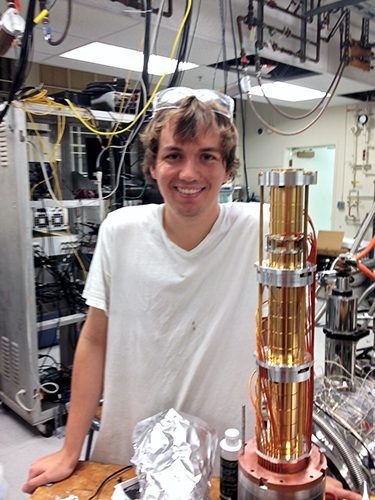
Throughout the summer, I will be undertaking my project with the Fajans Nonneutral Plasma Physics Group in Berkeley. One of the central steps in many tests done with the cold electron research (CERES) apparatus in Berkeley and with the ALPHA Experiment at CERN involves the transport of a nonneutral plasma (electrons, antiprotons, ions, etc.) between potential wells in a Penning Trap. The basic process is that a cloud of charged particles is trapped using static electric and magnetic fields in a potential well on one side of the trap and […]